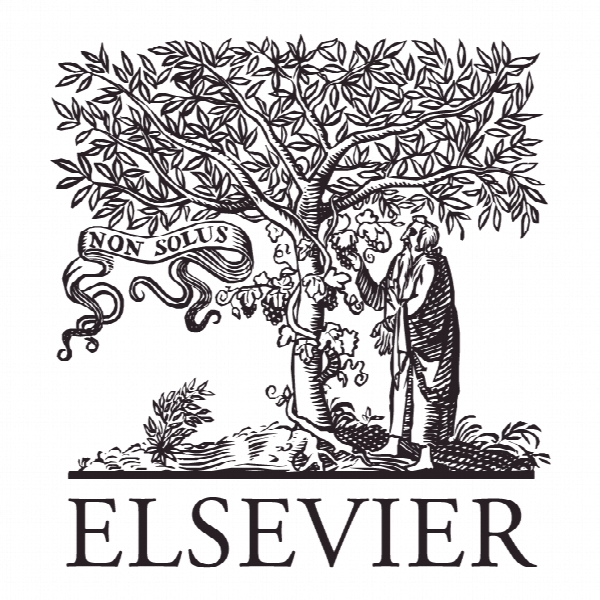لجن فاضلاب شهری، پایداری و انتقال برای محیط زیست شهر: ارزیابی پایداری چند معیاره از فن آوری های مبتنی بر روش بهترین – بدترین Urban sewage sludge, sustainability, and transition for Eco-City: Multi-criteria sustainability assessment of technologies based on best-worst method
- نوع فایل : کتاب
- زبان : انگلیسی
- ناشر : Elsevier
- چاپ و سال / کشور: 2017
توضیحات
رشته های مرتبط مهندسی آب و فاضلاب
مجله پیش بینی فنی و تغییر اجتماعی – Technological Forecasting & Social Change
دانشگاه دانشکده جغرافیا و سنجش از دور، علوم و فناوری نانجینگ، چین
نشریه نشریه الزویر
مجله پیش بینی فنی و تغییر اجتماعی – Technological Forecasting & Social Change
دانشگاه دانشکده جغرافیا و سنجش از دور، علوم و فناوری نانجینگ، چین
نشریه نشریه الزویر
Description
1. Introduction The treatment of urban sewage sludge is one of the most severe challenges in wastewater management because sewage sludge is the residue produced when separating the liquids and solids in wastewater treatment (Fytili and Zabaniotou, 2008). The treatment of urban sewage sludge is of vital importance with objective of reducing the volume, improving the character and reducing the health problems and environmental problems (Appels et al., 2008). Accordingly, the treatment of urban sewage sludge has become an important concern all over the world (Singh and Agrawal, 2008) as inappropriate treatment will cause serious environmental pollutions and human health problems. Therefore, the development of the technologies for the treatment of urban sewage sludge has become a hot topic recently. Similar to groundwater remediation and the treatment of e-waste, there are also various technologies for the treatment of urban sewage sludge, i.e., landfilling (Koenig et al., 1996), compositing (Fang and Wong, 1999), incineration (Li et al., 2014), and anaerobic digestion for energy recovery (Karagiannidis and Perkoulidis, 2009), etc. However, different technologies have different economic, environmental and social performances. For instance, one technology may perform better in regard to capital cost than another technology, but may cause more environmental impacts. Therefore, it is usually difficult for decisionmakers to choose the most suitable technology for the treatment of urban sewage sludge when considering the multiple criteria in facing multiple options, because this is a typical multi-criteria decision making (MCDM) problem in which there are usually multiple conflict criteria. Many scholars employed MCDM methods for the analysis of the technologies for the treatment of urban sewage sludge. For instance, Pokoo-Aikins et al. (2010) used the multi-criteria approach for screening the alternatives (four solvents, toluene, hexane, methanol and ethanol in the extraction process were compared) for converting sewage sludge to biodiesel. Flores-Alsina et al. (2008) employed a multicriteria analysis method for investigating the priorities of wastewater treatment plant control strategies under uncertainties. Karagiannidis and Perkoulidis (2009) used the multi-criteria decision support method ELECTRE III for analyzing different technologies in anaerobic digestion for energy recovery of the organic fraction of municipal solid wastes. The applications of the methods presented in these studies can provide significant implications to the decision-makers to select the most suitable scenario for the treatment of urban sewage sludge among multiple alternatives. However there are also some problems to be solved: (1) The lack of the incorporation of soft criteria for sustainability assessment: in most of the previous studies, only hard criteria that can be quantified with units were considered; however, they neglect to consider soft criteria that can only be depicted quantitatively, i.e. social acceptability, technology maturity, and technology generalizability, etc. (2) The difficulty in the determinations of the weights of the criteria: Selecting the most suitable technology for the treatment of urban sewage sludge should consider the preferences and willingness of the decision-makers/stakeholders. Accordingly, the weights should reflect the preferences and willingness of the decisionmakers/stakeholders. The analytic Hierarchy Process (AHP) is the most commonly used for weights determination as this method can reflect the preferences and willingness of the decision-makers/stakeholders, but it is usually difficult for the users of this method to establish a consistent comparison matrix by using numbers from 1 to 9 as human judgment usually involves vagueness, ambiguity, and subjectivity (Ren and Lützen, 2015; Ren et al., 2016). (3) The lack of incorporation of the sustainability concept: pursuing sustainability aims at achieving sustainable development, and green operations initiatives have attracted more and more interest from industry for promoting sustainable development (Wang, 2015); however, there is a lack of a criteria system for sustainability assessment of the technologies for the treatment of urban sewage sludge. (4) The reliability of MCDM methods: the priority sequences determined by different MCDM methods based on the same decision-making matrix are usually slightly different. Therefore, it is usually difficult for the decision-makers to make the correct decision.


